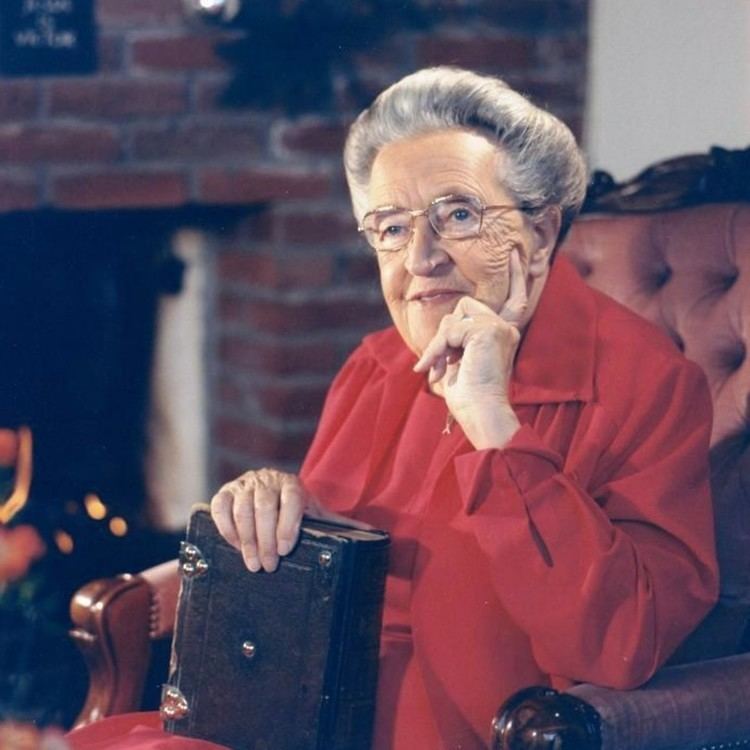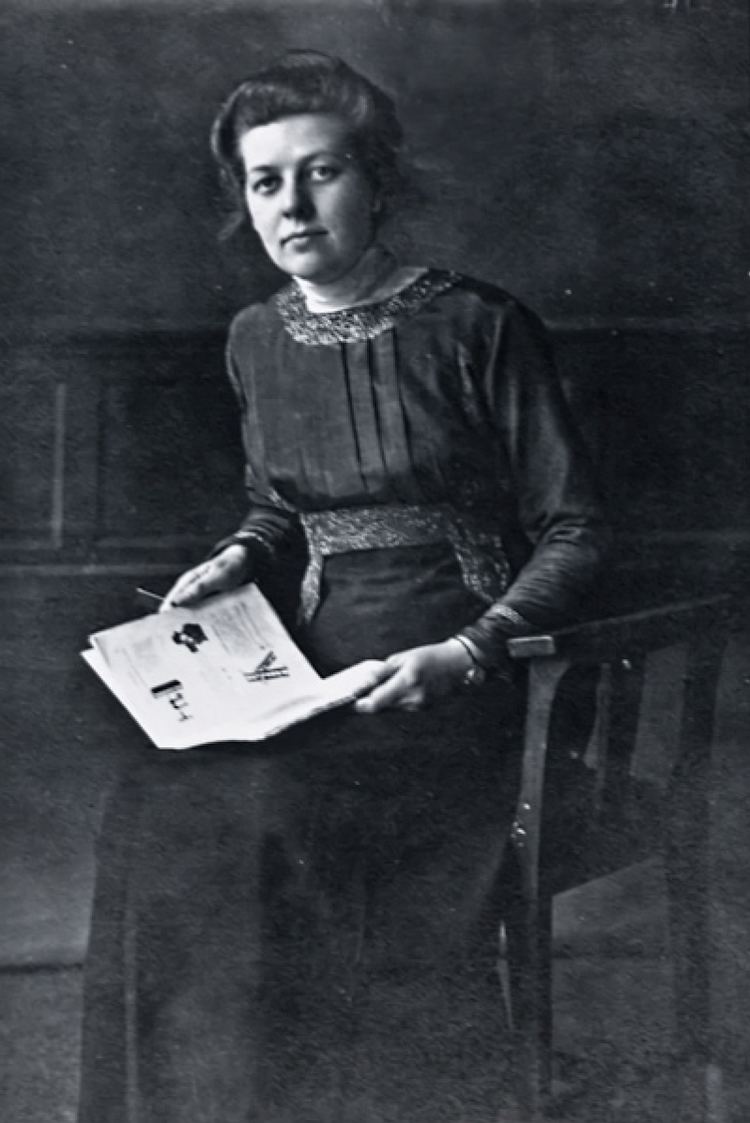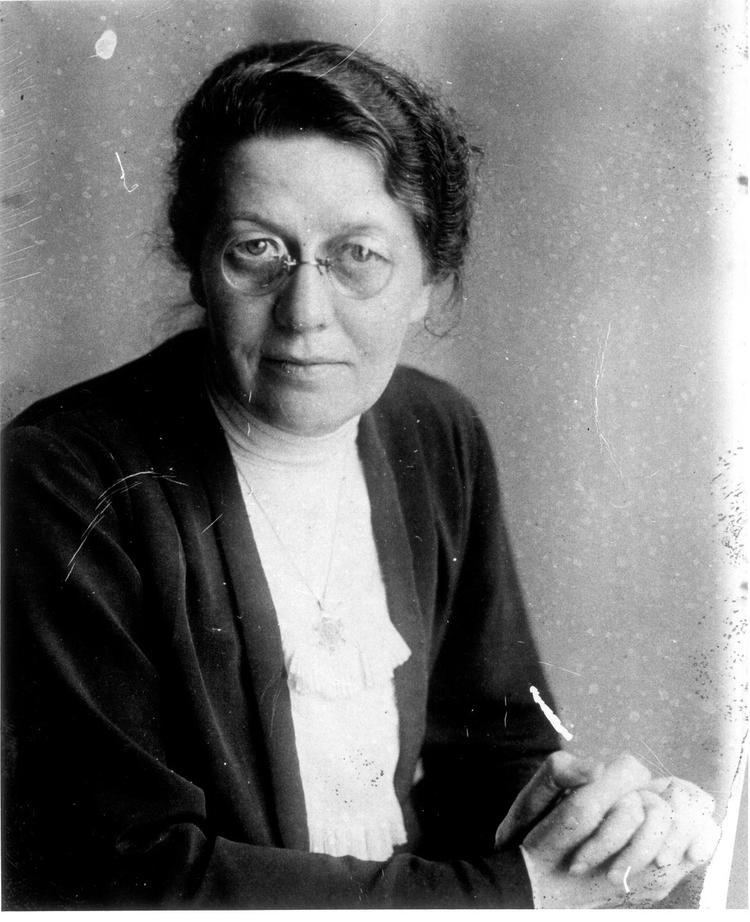Occupation Writer, clocksmith Religion Christianity | Name Corrie Boom Movies The Hiding Place | |
Full Name Cornelia ten Boom Born 15 April 1892 Amsterdam, Netherlands Siblings Betsie ten Boom, Willem ten Boom, Arnolda Johanna ten Boom Books The Hiding Place, Tramp for the Lord, A Prisoner and Yet, Amazing Love, Each new day Similar People Amy Wilson Carmichael, Dietrich Bonhoeffer, William Booth, Jamie Buckingham, Anne Frank | ||
CORRIE TEN BOOM: La CRISTIANA que uso su casa para SALVAR a los JUDÍOS | BITE
Cornelia "Corrie" ten Boom (15 April 1892 – 15 April 1983) was a Dutch watchmaker and Christian who, along with her father and other family members, helped many Jews escape the Nazi Holocaust during World War II. She was imprisoned for her actions. Her most famous book, The Hiding Place, is a biography that recounts the story of her family's efforts, as well as her time spent in a concentration camp.
Contents
- CORRIE TEN BOOM La CRISTIANA que uso su casa para SALVAR a los JUDOS BITE
- The joker s review of corrie ten boom s biography
- Early life
- World War II
- Arrest detention and release
- Life after the war
- Honors
- References
The joker s review of corrie ten boom s biography
Early life

Corrie ten Boom was the first licensed female watchmaker in the Netherlands. She learned the trade from her father, who was so fascinated by the craft that he often became so engrossed in his own work he would forget to charge customers for the services.
World War II

In May 1940, the Nazis invaded the Netherlands. Among their restrictions was banning a club which ten Boom had run for young girls. In May 1942, a well-dressed woman came to the ten Booms' with a suitcase in hand and told them that she was a Jew, her husband had been arrested several months before, her son had gone into hiding, and Occupation authorities had recently visited her, so she was afraid to go back. She had heard that the ten Booms had helped their Jewish neighbors, the Weils, and asked if they might help her too. Casper ten Boom, Corrie's father, readily agreed that she could stay with them, despite the police headquarters being only half a block away. A devoted reader of the Old Testament, he believed that the Jews were the 'chosen people', and he told the woman, "In this household, God's people are always welcome." The family then became very active in the Dutch underground hiding refugees; they honored the Jewish Sabbath. The family never sought to convert any of the Jews who stayed with them.

Thus the ten Booms began "The Hiding Place", or "De Schuilplaats", as it was known in Dutch (also known as "de Béjé", pronounced in Dutch as 'bayay', an abbreviation of their street address, the Barteljorisstraat). Corrie and her sister Betsie opened their home to refugees — both Jews and others who were members of the resistance movement — being sought by the Gestapo and its Dutch counterpart. They had plenty of room, although wartime shortages meant that food was scarce. Every non-Jewish Dutch person had received a ration card, the requirement for obtaining weekly food coupons. Through her charitable work, Ten Boom knew many people in Haarlem and remembered a couple who had a disabled daughter. The father was a civil servant who by then was in charge of the local ration-card office. She went to his house one evening, and when he asked how many ration cards she needed, "I opened my mouth to say, 'Five,'" ten Boom wrote in The Hiding Place. "But the number that unexpectedly and astonishingly came out instead was: 'One hundred.'" He gave them to her and she provided cards to every Jew she met.

The refugee work done at the Beje by ten Boom and her sister became known by the Dutch Resistance. The Resistance sent an architect to the ten Boom home to build a secret room adjacent to ten Boom's room for the Jews in hiding, as well as an alert buzzer to warn the refugees to get into the room as quickly as possible.
Arrest, detention, and release

On February 28, 1944, a Dutch informant named Jan Vogel told the Nazis about the ten Booms' work; at around 12:30 the Nazis arrested the entire ten Boom family. They were sent to Scheveningen prison when Resistance materials and extra ration cards were found at the home. Nollie and Willem were released immediately along with Corrie's nephew Peter; Casper died 10 days later. The six people hidden by the ten Booms, among them both Jews and resistance workers, remained undiscovered: Corrie ten Boom received a letter one day in prison reading "All the watches in your cabinet are safe," meaning the refugees had managed to escape and were safe. Four days after the raid, resistance workers transferred them to other locations. Altogether, the Gestapo arrested some 30 people in the ten Boom family home that day.

Ten Boom was initially held in solitary confinement. After three months, she was taken to her first hearing. On trial, ten Boom spoke about her work with the mentally disabled; the Nazi lieutenant scoffed, as the Nazis had been killing mentally disabled individuals for years based on their eugenics ideologies. Ten Boom defended her work, saying that in the eyes of God, a mentally disabled person might be more valuable "than a watchmaker. Or a lieutenant."
Corrie and Betsie were sent from Scheveningen to Herzogenbusch political concentration camp (also known as Kamp Vught), and finally to the Ravensbrück concentration camp, a women's labor camp in Germany. There they held worship services, after the hard days at work, using a Bible that they had managed to sneak in. While at Ravensbruck, Betsie ten Boom began to discuss plans with her sister after the war for a place of healing. Betsie's health continued to deteriorate and she died on December 16, 1944 at the age of 59. Before she died, she told Corrie, "There is no pit so deep that He [God] is not deeper still." Fifteen days later Corrie was released. Afterwards she was told that her release was due to a clerical error and that a week later, all the women in her age group were sent to the gas chambers.
Corrie ten Boom returned home in the midst of the "hunger winter." She opened her doors still to the mentally disabled who were in hiding for fear of execution.
Life after the war
After the war, ten Boom returned to The Netherlands to set up a rehabilitation center in Bloemendaal. The refugee houses consisted of concentration-camp survivors and sheltered the jobless Dutch who previously collaborated with Germans during the Occupation exclusively until 1950, when it accepted anyone in need of care. She returned to Germany in 1946, and met with and forgave two Germans who had been employed at Ravensbruck, one of whom was particularly cruel to Betsie. Ten Boom went on to travel the world as a public speaker, appearing in more than 60 countries. She wrote many books during this time.
Ten Boom told the story of her family members and their World War II work in her best-selling book, The Hiding Place (1971), which was made into a World Wide Pictures film in 1975, starring Jeannette Clift as Corrie and Julie Harris as Betsie. In 1977, 85-year-old Corrie emigrated to Placentia, California. In 1978, she suffered two strokes, the first rendering her unable to speak, and the second resulting in paralysis. She died on her 91st birthday, 15 April 1983, after a third stroke.
A sequel film, Return to the Hiding Place (War of Resistance), was released in 2011, based on Hans Poley's book, which painted a wider picture of the circle of which she was a part.
